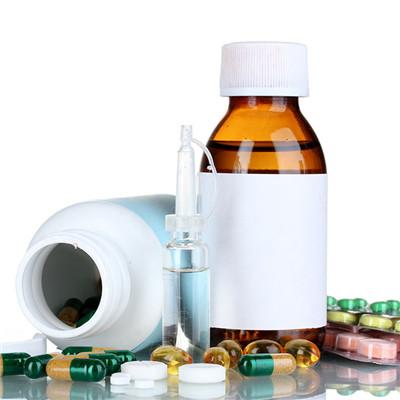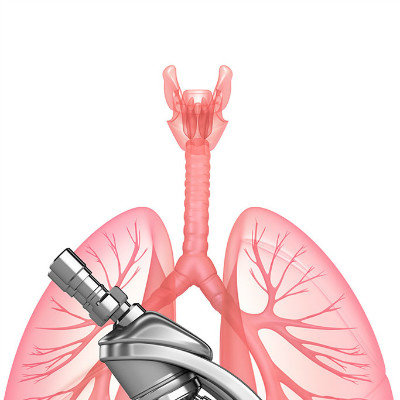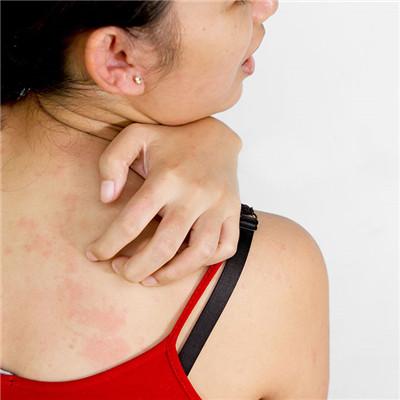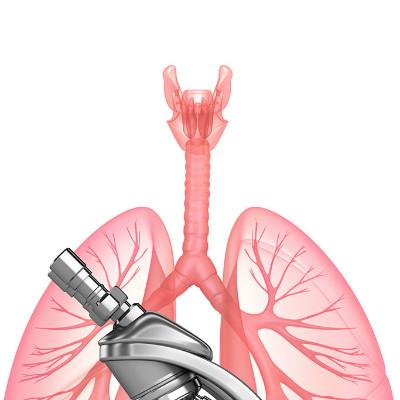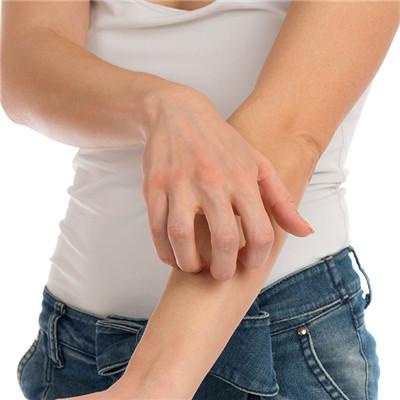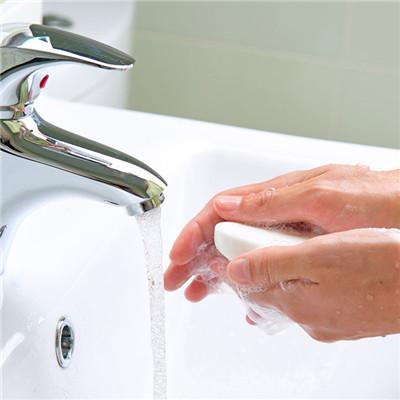Symptoms of high altitude pulmonary edema?
summary
The emergence of high altitude reaction causes pulmonary edema to be very dangerous. It can make the patient suffer from breathing difficulties and cause chest distress. It can cause chest pressure feeling, cause cough, cough, white or pink foam sputum, the body appears weak, and the activity ability decreases, which can lead to respiratory failure and organ failure. If you do not pay attention to the timely treatment, It may even pose a great threat to life safety. What are the initial symptoms of plateau pulmonary edema? Let's have a look.
Symptoms of high altitude pulmonary edema?
Most of the cases were found in the area above 3000m above sea level. Those who first entered or returned to the plateau got sick within 1-7 days after entering the plateau, while those who entered the plateau by plane mostly got sick within 3 days. Symptoms include headache, dyspnea, no supine position, whitish or pink phlegm sputum, and cyanosis or gray complexion, large and medium-sized wet rales and phlegm rales.
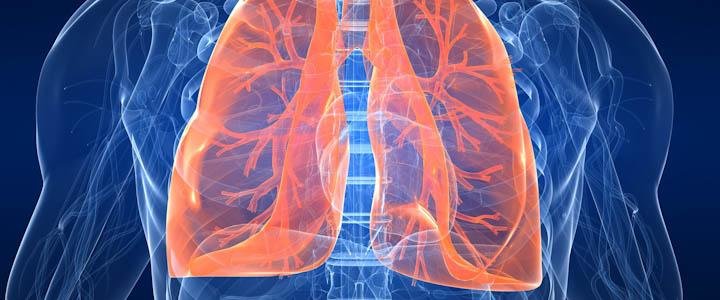
The disease usually occurs within 24-72 hours after reaching the plateau. On the basis of the symptoms of acute mountain sickness, extreme fatigue, severe headache, chest tightness, palpitation, nausea and vomiting, dyspnea and frequent dry cough often occur, and it is difficult to fall asleep at night. Cyanosis of lip and nail bed. The heart rate is faster, the breathing is fast and shallow, and the breathing rate can reach 40 times / min. Some patients have low fever, pale complexion and cold wet skin. With the development of the disease, dyspnea intensified, a small number of patients can not lie on their back and sit upright breathing. Expectoration of foam sputum is initially white or yellowish, and then becomes pink. A large amount can be released from the mouth and nostrils. The nervous system symptoms are blurred consciousness, hallucination, insensitivity, and coma in severe cases.
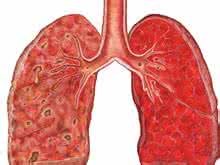
For those who enter the plateau above 3000m, severe headache, extreme fatigue, severe cyanosis, dyspnea (quiet), cough, cough with white or pink foam sputum, double lung hearing of moist rales, chest X-ray with patches or cloud infiltration shadow can be established.
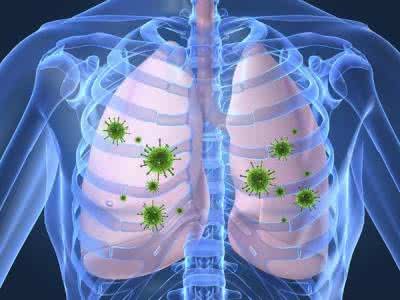
matters needing attention
Pay attention to keep warm and cold. When you go to the plateau, you should bring some necessary cold proof items, such as cotton padded clothes, fur hats, cotton shoes, gloves and so on. Usually, wash your feet frequently, change your underwear frequently, bake your insoles, and don't come into direct contact with metal or ice. Pay attention to rest and don't stand for a long time.

